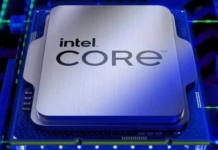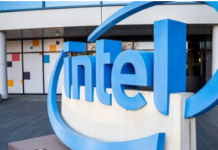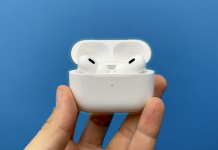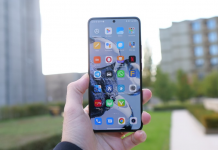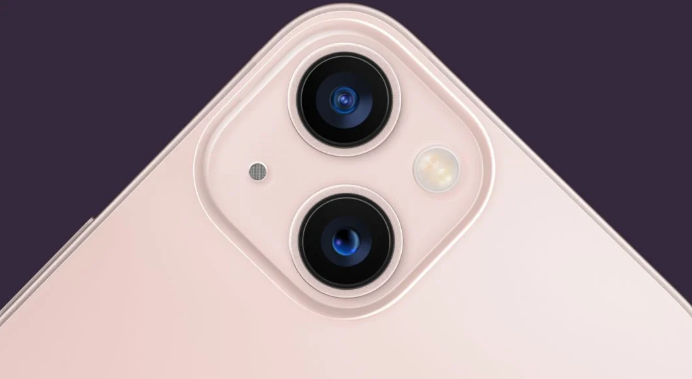Anyone who thinks the iPhone 13 doesn’t have much difference from last year’s model is at least a little right. At least that’s what a chart by creative strategies shows. Apple’s flagship has been underperforming increases that are increasing ly than its predecessor.
The Geekbench 5 Single Core CPU Score is a score that values the performance of a single processor core. This benchmark was used by Creative Strategies as a reference. In a chart, it shows the results of each iPhone (the orange bars) and the difference from its predecessor (dots and lines in red).
The bars are always larger than the previous ones—after all, the new one is always faster than the previous one. The problem is how much faster it is: this difference has gotten smaller and smaller, which is noticeable by the downward trajectory of the orange line.
Graph shows iPhone processor performance (bars) and improvement compared to previous model (dots and lines)
Graph shows processor performance (bars) and improvement compared to previous model (points and lines) (Image: Creative Strategies/Playback)
Analyzing longer periods, you can tell how much that has changed. From the 2014 iPhone 6 A8 chip to the 2017 iPhone 8/X A11, the performance score grew 192%. From Xs A12 (2018) to 13 A15 (2021), the increase was 91%.
Slower pace matters to those who exchange iPhone every year
From the point of view of industry and specialized media, the slower pace of improvement draws attention, but perhaps this doesn’t matter as much to the consumer.
The difference in perception has a reason: the vast majority don’t buy the new iPhone every year. Obviously, there are people who change braces every year or every two years, but those are the minority. Creative Strategies says the most common buying cycle is between three and four years.
With this, anyone who had an iPhone XS and migrated to the 13 after three years will receive almost twice the single core performance. Since the iPhone 5s, the performance jump every four years has been, on average, 133%.
One of the reasons for the small evolution from A14 to A15 is the same lithography process, of 5 nm. This means that there has not been an evolution in the size of transistors, and this makes it more difficult to put more in the same physical space.
Without this miniaturization, it becomes complicated to increase performance. The expectation is that the A16 of the iPhone 14 overcomes this barrier.
iPhone 13 Pro GPU had significant increase
If the single core cpu performance of the iPhone 13 is not much higher than that of the iPhone 12, the same cannot be said of the difference of the graphics processing units, the GPUs.
As Macworld explains, the A15 is almost a product line, as it is employed in different ways on each device. iPad Mini, for example, has a lower clock speed than iPhones. The iPhone 13 has four cores on the GPU, against five of the Pro model and tablet.
Because of these differences, in the site tests, the gpu of the iPhone 13 Pro had a score 51% higher than that of the 12 Pro: 14,140 against 9,322. The regular model scored 10,863, an increase of 16% over the 12 Pro.
Creative Strategies also considers that comparing single-core performance does not reflect the device as a whole. As analyst Ben Bajarin points out, the chip is not Apple’s product, but a part of the iPhone —an important part, it’s true, but nothing more.
So even with a small performance improvement per core, the company can adjust the entire set and deliver better features such as longer battery life or new advanced photo and video capture tools.




